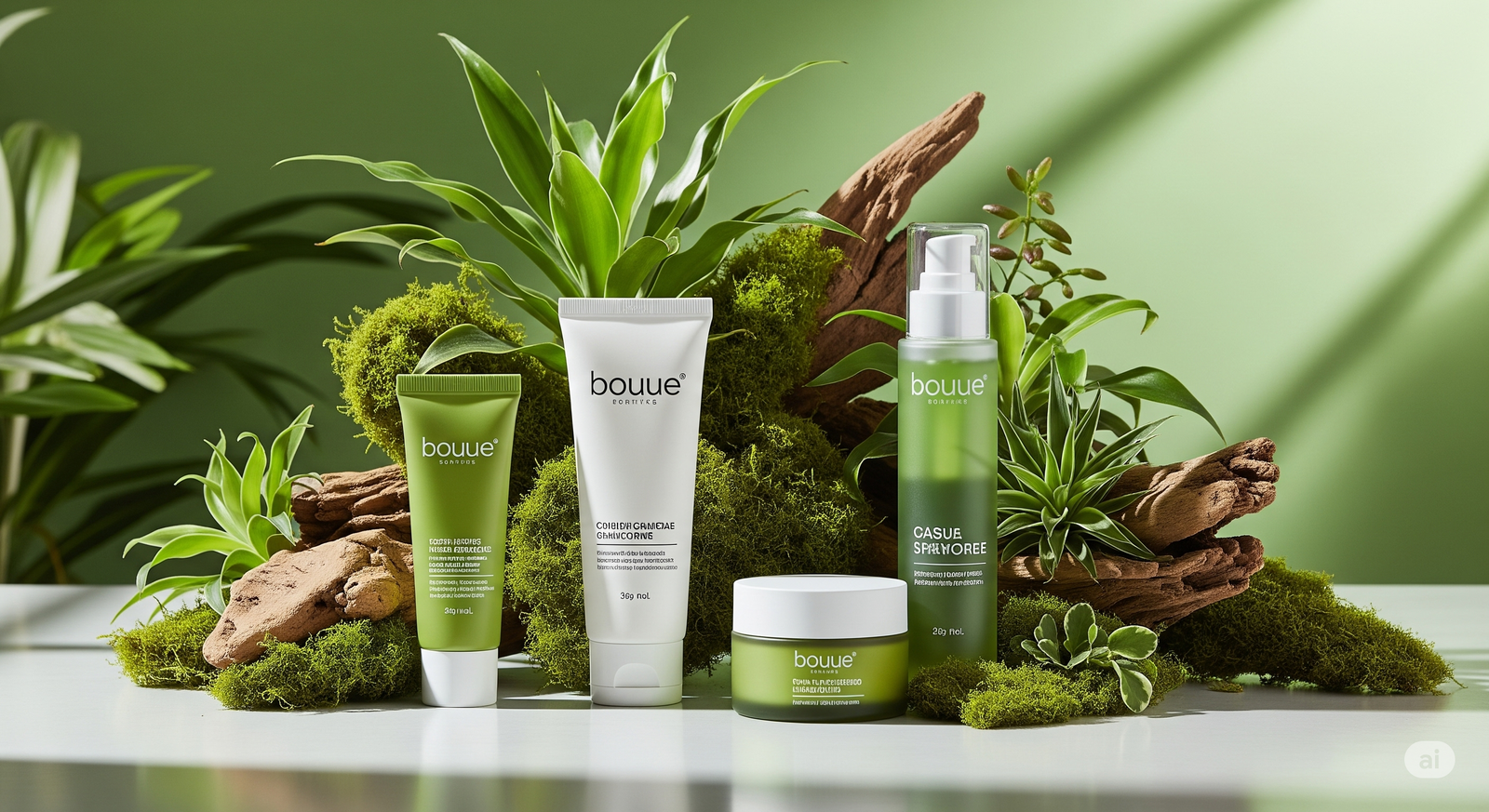From Box to Vanity: The Beauty Journey in 5 Seconds
Showcase skincare journey reels with clean transitions and product story animation that move your product from unboxing to vanity in 5 seconds.
10 Jul'25
By Niharika Paswan

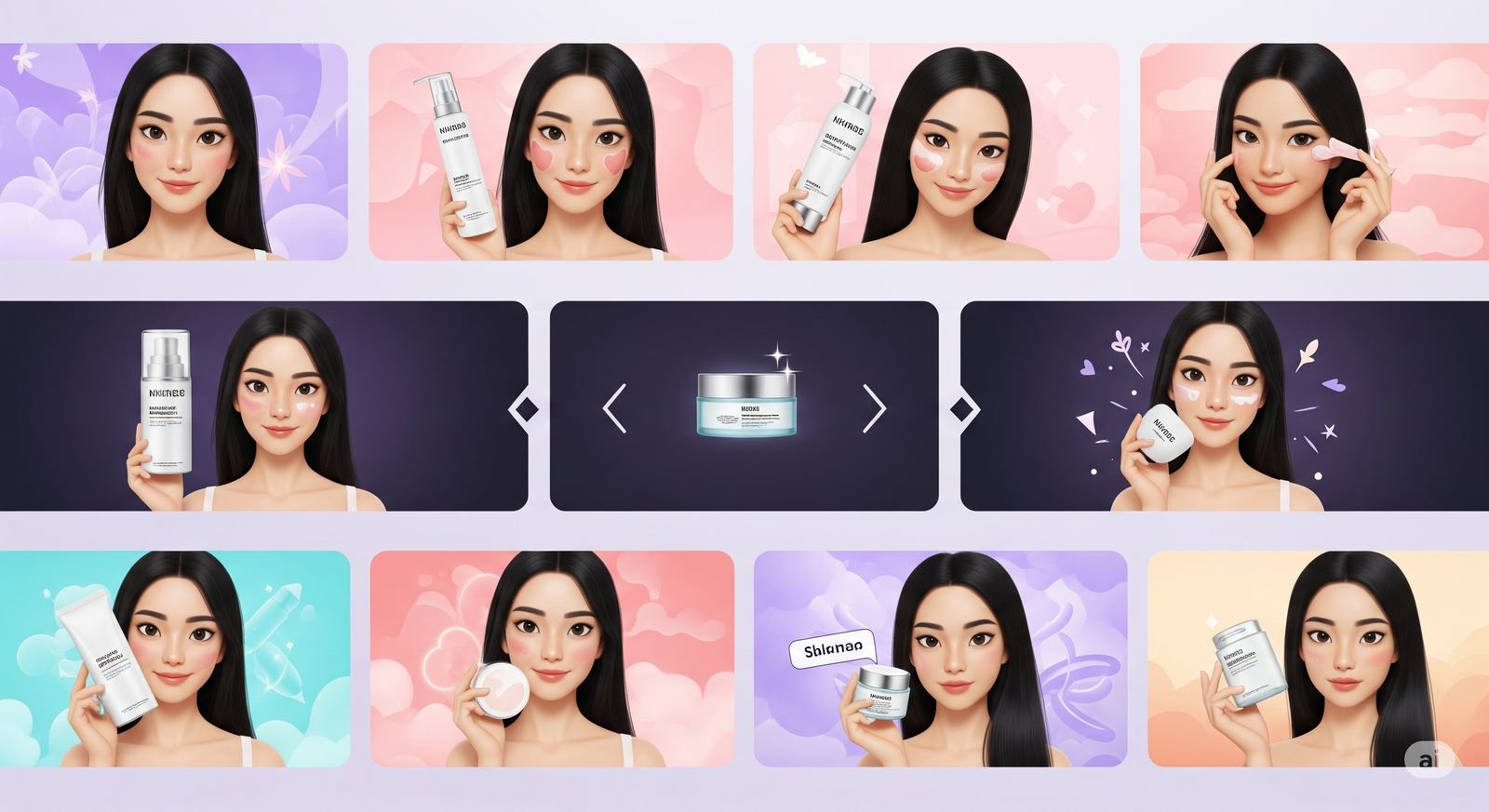
From Box to Vanity: The Beauty Journey in 5 Seconds
There’s a moment every beauty brand quietly competes for, not just when a product lands in someone’s hands, but when it stays there, finds a place on the vanity, and becomes part of a routine. In the digital world, that journey is compressed into seconds. And in a scroll-fed environment, five seconds can be the difference between a brand forgotten and a ritual begun.
We’re talking about the visual journey: the arc from packaging to usage that consumers experience through their screens before they ever touch the product. For modern beauty brands, this isn’t just a nice-to-have. It’s a visual strategy. One that relies on clean transitions, intuitive sequencing, and motion that mimics real-life engagement. Because that’s what sells the story and not just what a product is, but what it becomes in someone’s life.
Let’s break down how this 5-second storytelling shift is shaping beauty content, especially in unboxings, shelf shots, and routine loops and why brands need to master it if they want to stay relevant.
The First Frame Still Matters! But the Next Few Matter More
It’s no secret that the opening second of a reel needs to hook. But increasingly, what keeps viewers from swiping away isn’t just the hook, it’s the story flow. One of the most underestimated aspects of product presentation today is sequencing. You’re not just showing a cleanser, you’re showing the narrative arc of discovery, use, and adoption.
That’s where clean transitions step in.
The best skincare journey reels don’t overcomplicate. They follow a visual rhythm that mirrors a real-life experience: box opens → product is touched → texture shown → used on skin → placed on shelf.
It feels simple. But when the transitions lag, glitch, or confuse, the viewer drops off. They’re not just looking for aesthetics, they’re tracking whether this product fits into their life. Seamless motion signals professionalism, care, and brand coherence. Choppy edits do the opposite.
From Unboxing to Shelf: Why This Step Can’t Be Skipped
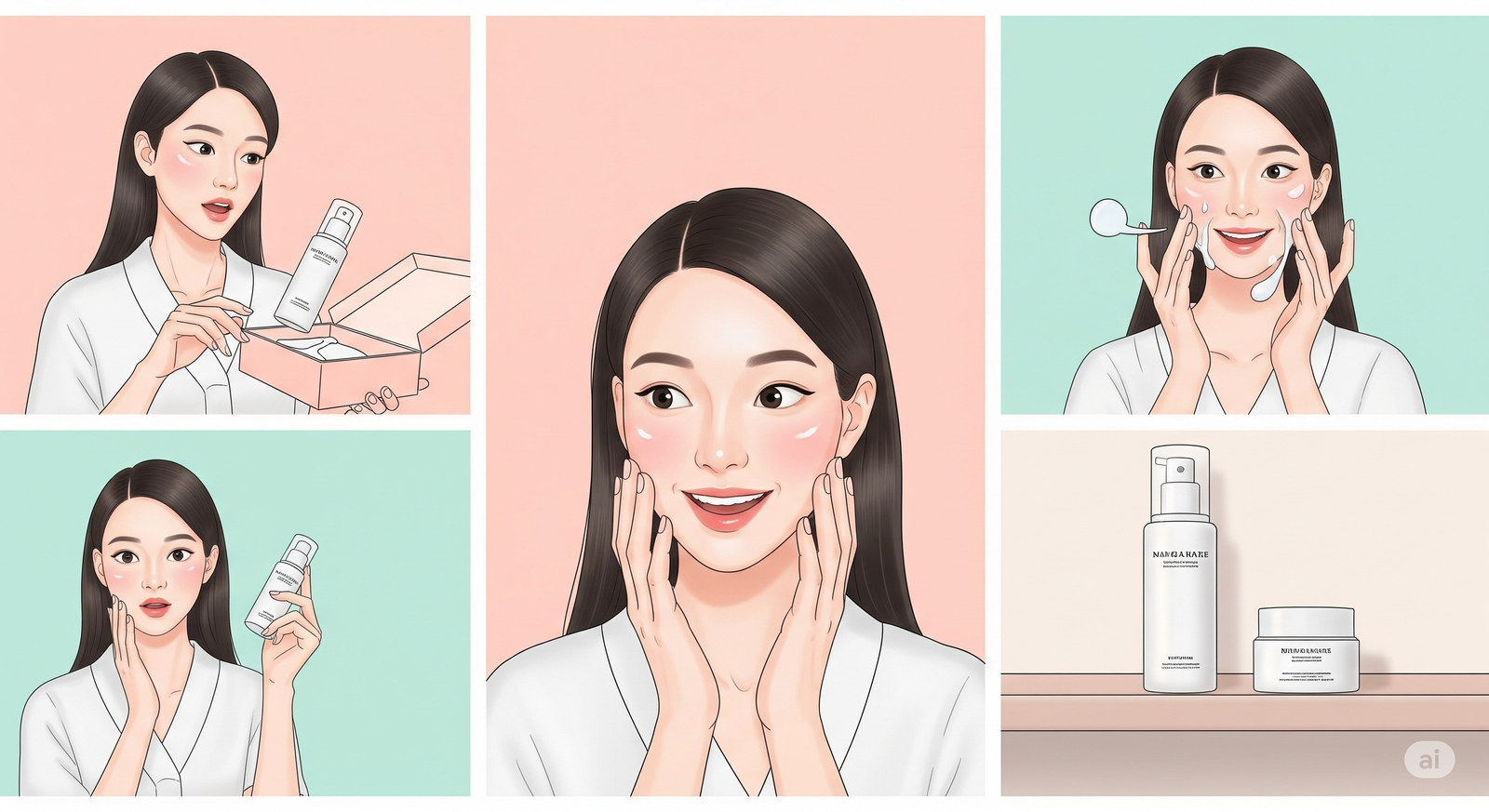
Unboxing used to be the climax. Now, it’s the setup. The actual conversion happens when the viewer sees the product take its place on the vanity, in the drawer, on the shelf.
That visual shift from package to placement is critical for trust. Because it answers unspoken questions:
- Does this look like something I’d use daily?
- Will it actually fit with the rest of my skincare lineup?
- Does the branding hold up outside the box?
In five seconds, the viewer moves from curiosity to consideration. The best reels use the unboxing moment to establish quality and intention, no overly dramatic ribbon-cutting, just clarity. The box opens and the product reveals itself with purpose.
But it’s the shelf moment which is often understated, that anchors the product’s value. It becomes real. Usable. Integrated. That’s where brands win not just impressions, but memory.
The Routine Loop: More Than Just a Flex
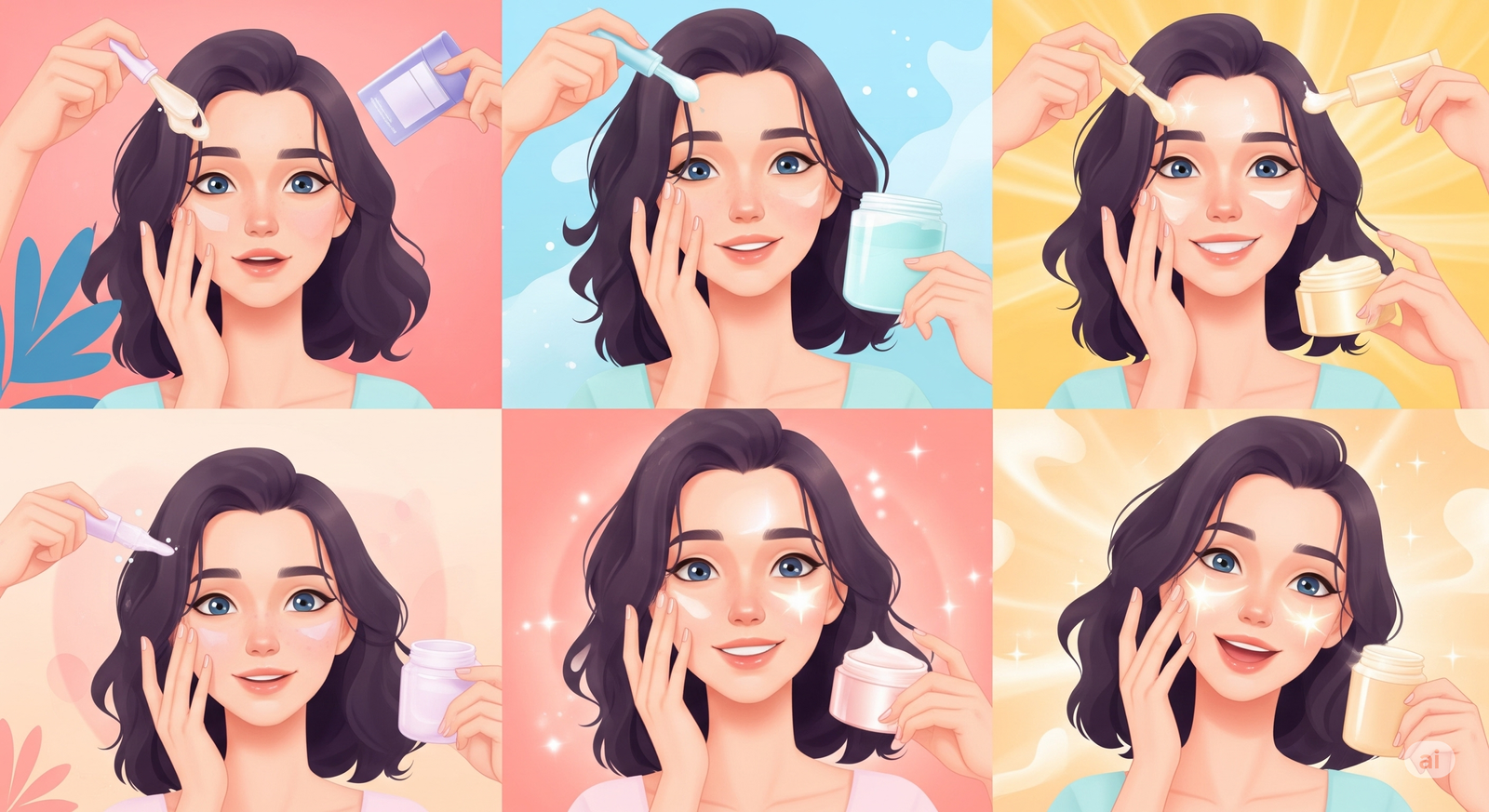
What started as a trend like: the “GRWM” loop, the skincare shelfie routine, the sink-side time lapse, is now a format. But for brands, especially emerging ones, the routine loop isn't just a creative decision. It's a conversion tool.
Why?
Because loops aren’t just about repetition. They're about reinforcing ease. In a 5-second visual loop, the viewer sees the product fit seamlessly into action: pump, glide, pat, glow. No cuts. No breaks. Just a natural flow.
This is where product story animation plays a major role. Whether it's subtle motion on droplets, a swipe of cleanser transforming texture mid-glide, or a disappearing blemish over time, motion gives form to benefit. It visualizes what would take multiple paragraphs to explain.
In beauty, proof is visual. And loops that show ease, efficacy, and rhythm make a product feel like second nature.
Clean Transitions Aren’t Just Editing Choices: They’re Trust Builders
Today’s consumers are hyper-aware of editing tricks. That’s why transitions must feel organic and not manipulative. Wipes, morphs, zooms, and swipes need to support the story, not distract from it.
The best reels use in-camera tricks or animation that mimics touch: hand moves box → same hand twists lid → same hand applies. When a transition mirrors human logic, the viewer stays locked in.
Clean doesn’t mean clinical. It means smooth, believable, and aligned with how we’d interact in real life. Especially in skincare, where trust and safety are key, every transition should reflect care. Fast doesn’t mean fake. And in a world of filters and face-tuning, authenticity in motion is what stands out.
Less Hype, More Habit
Beauty marketing used to rely on fantasy. Now, it thrives on familiarity. The 5-second journey isn’t about pushing a dream, it’s about embedding a habit. And habits are built through repetition, recognition, and resonance.
That’s why product story animations that highlight subtle touchpoints, how the cap clicks shut, how the serum settles on skin, how the tube reclaims its shape, feel so satisfying. They don’t just communicate function. They whisper quality.
Routine content should feel like you’ve seen it before, not because it’s boring, but because it’s become part of a visual language. The goal isn’t novelty. It’s recall. When a viewer watches a routine loop and thinks, “this feels like my morning", that’s success.
Don’t Just Show the Product. Show Its Journey.
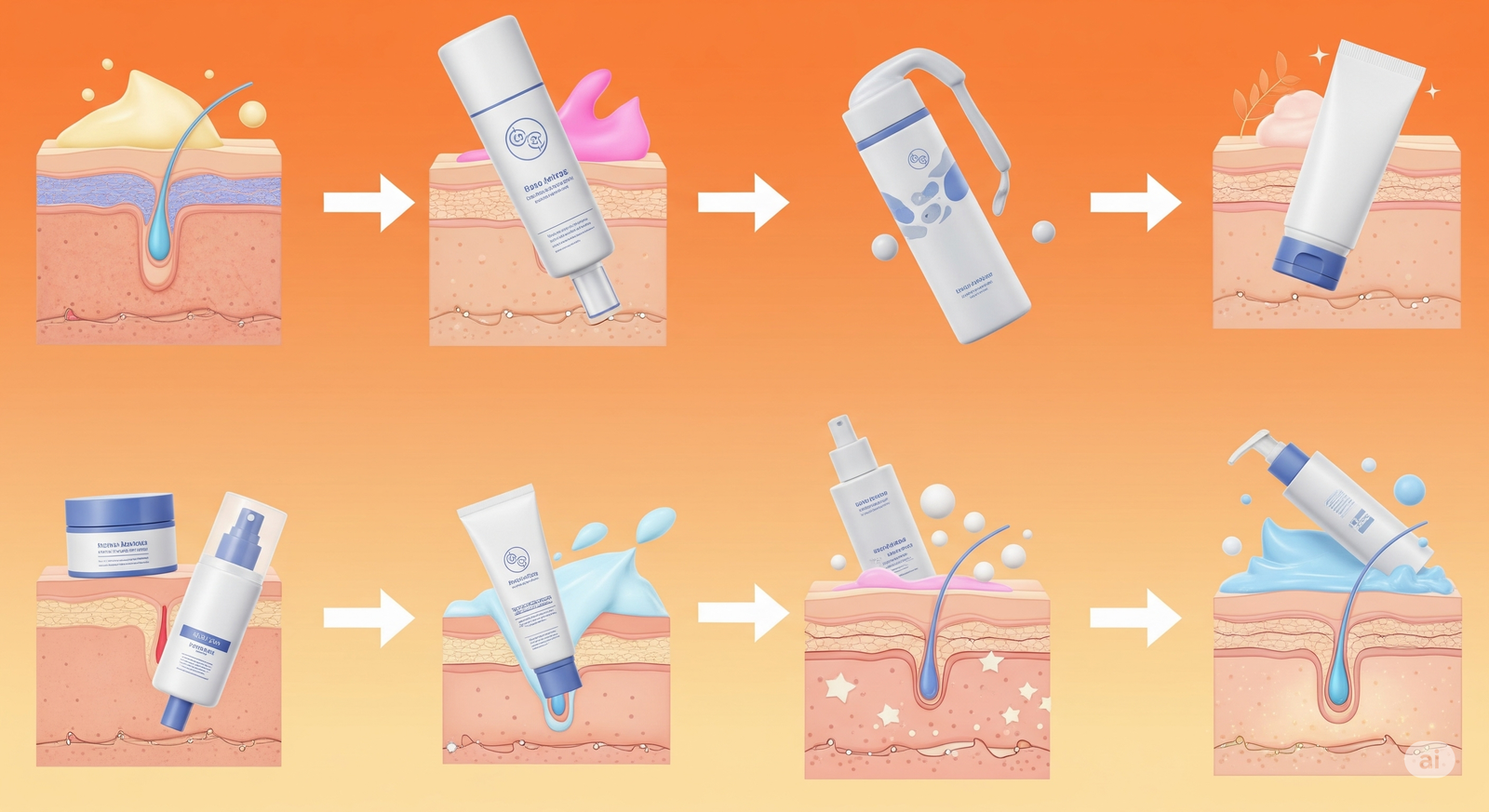
A cleanser sitting pretty on white tiles doesn’t say much. A cleanser going from shelf to palm to glow: in one fluid, which is a visually coherent sequence says everything.
The journey doesn’t need to be complicated. But it must be intentional. Every frame is a cue: touch, texture, use, result. The faster brands understand this, the more they’ll make content that lands emotionally and not just visually.
Because ultimately, what sells isn’t the outer packaging or the before and after promise. It’s the believable story of how this product moves from delivery to daily use in real time.
Admigos: connects these touchpoints with seamless motion by helping beauty brands visualize the journey from unboxing to routine with edits that feel fluid, intuitive, and emotionally charged. From skincare journey reels to product story animation, Admigos crafts motion-first visuals that don’t just show but they move you.
— By Niharika Paswan
Collab Unboxings: Brand x Creator Done Right
Nail your influencer beauty collab with a skincare PR box video that aligns tone, texture, and creator energy. Learn what makes unboxings convert authentically.
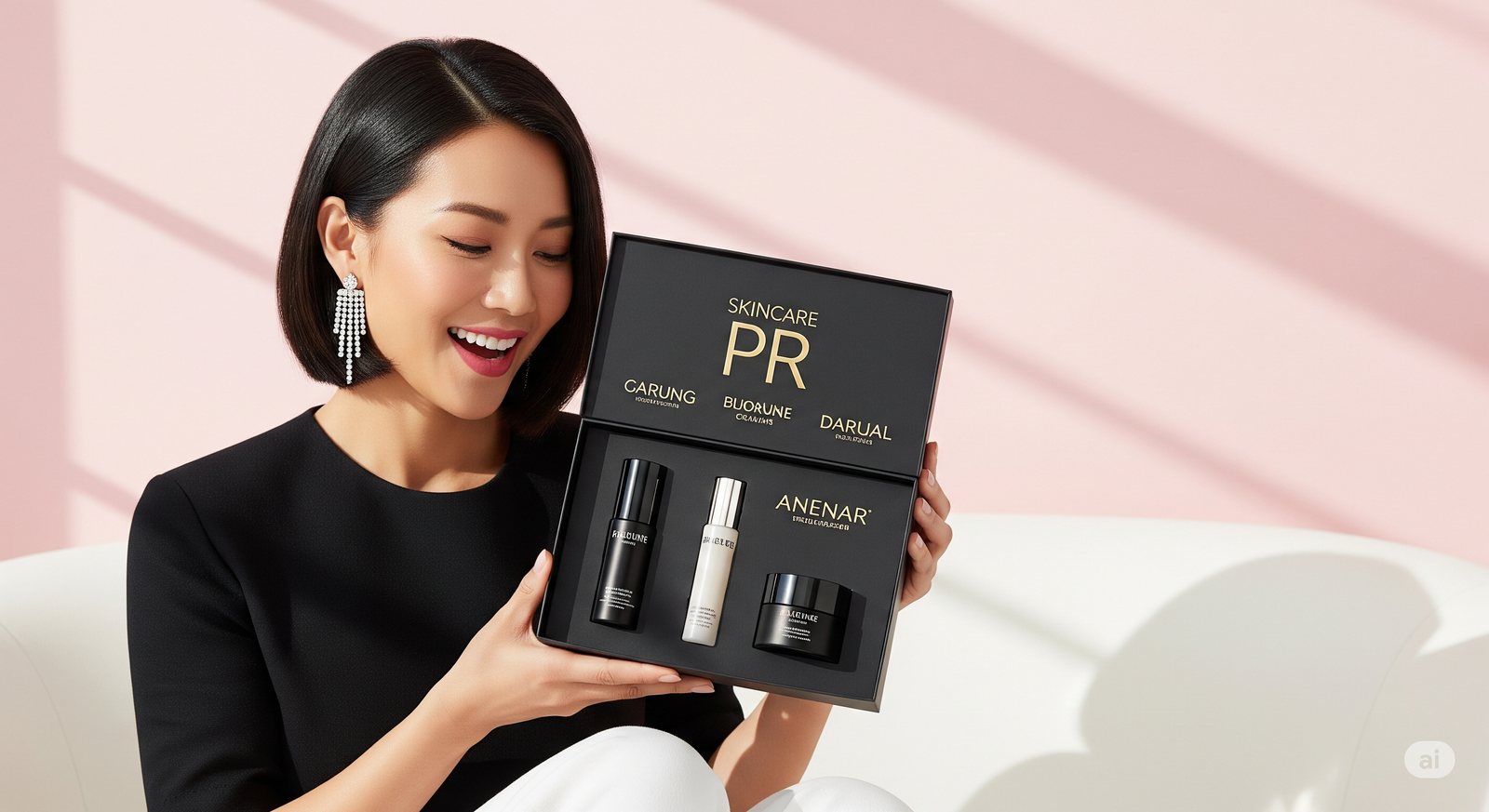
Product First, Story Always: How to Animate Presence
Craft beauty product motion visuals that tell your skincare brand story with quiet presence, minimal CTA, and product-led animation that holds the viewer.
